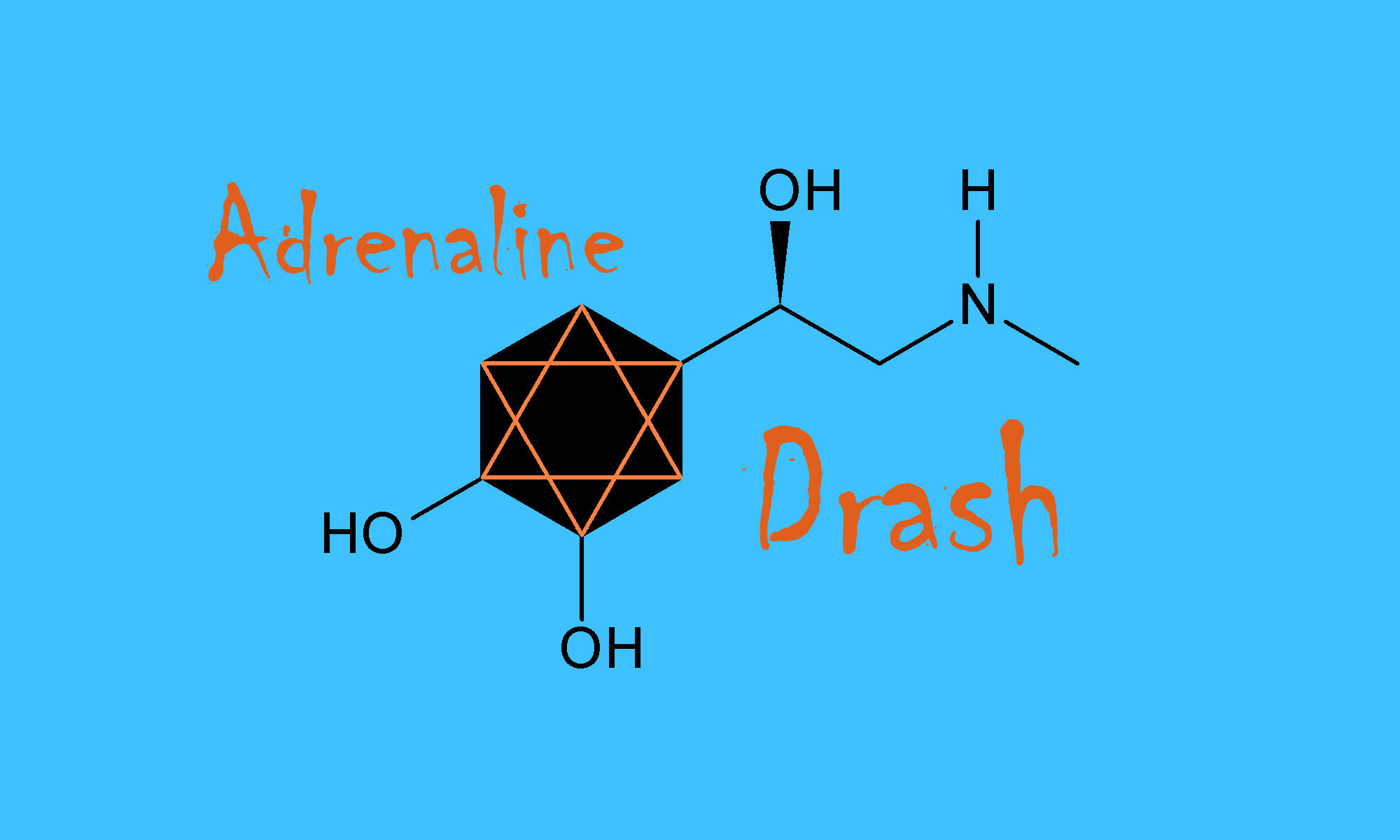
Hedy Epstein hasn’t changed much in the last thirty years.
When I knew her, university classes did not include semester-long studies of the Holocaust. Holocaust centers and museums were yet to become natural aspects to the way Americans memorialized twentieth-century history.
Hedy lived through the terrors of Nazi Germany. She escaped via the Kindertransport. She spoke often of the last moments with her parents – watching as their figures grew smaller and smaller as the train pulled away from the station.
They did not survive.
Hedy went back to Germany after World War II ended – to translate documents and records needed to prosecute the architects of medical experiments (read: crimes) at Dachau. Eventually, she moved to America.
During the mid 1980’s, she visited my classes on the Holocaust at the University of Missouri-Columbia, bringing small remnants of her past with her. I remember that she had a tin cup that relatives used while interned in a Vichy concentration camp. The cup was used for all liquids, she explained. Eventually my students understood that the cup was used as a toilet as well as a drinking vessel.
She described each tormented aspect of her young life — being forced out of school, the breaking and plundering and torching of Jewish stores and synagogues during Kristallnacht, her father’s internment at Dachau, her parents’ justified fears for her survival, the finality of their murder.
A picture of Hedy Epstein was in The Charlotte Observer just days ago. She was one of hundreds of children of Holocaust victims and Holocaust survivors to sign an enraged condemnation of the ad Elie Wiesel took out in the New York Times on August 1.
Elie Wiesel, a survivor of Auschwitz and a towering presence, a prolific author and the winner of the Nobel Peace Prize, began his ad by referring to the near-sacrifice of Isaac. The biblical narrative that rejected child sacrifice, he wrote, should be understood as the start of monotheism and western civilization.
This claim alone is deeply disturbing. It reflects a terrible and astonishing ignorance of the history of the Ancient Near East and Israel that I find hard to associate with Wiesel.
There is much, much worse here than clichés about the origins of civilization. Wiesel compares the deliberate annihilation of one million children by Nazi Germany to the use of children as human shields in the recent weeks of war between Israel and Hamas. But genocide is not the same thing as the long-standing and historical capacity of human beings to make civilians — especially children — pay the terrible costs of war.
I am not minimizing the latter. But equating all things violent with the Holocaust is a horror of our times. Wiesel should know better than to engage in the appropriation of the Holocaust to fight a political battle.
Further, one simply has to wonder how Wiesel manages to exonerate Israel from any guilt whatsoever in the death of Palestinian children. He writes that it is “the terrorists who have taken away all choice from the Palestinian children of Gaza.”
Wait, what? Nothing Israel has ever done has contributed to the debased conditions so many Palestinian children endure? Does Israel bear no responsibility whatsoever for the lack of access to anything from food to water to medical care that has been part and parcel of life for so many Palestinian children? Nothing about the wall or checkpoints influences the lives of Palestinian children and the choices they can make about their future?
Is nothing about the way Prime Minister Netanyahu parlayed the death of three Israeli teens to gain support to, as the Israeli military calls it, “mow the grass” relevant to the choices Palestinian children have?
Wiesel paints the conflict as a “battle of civilization versus barbarism.” Is every aspect of the terrible destruction we have witnessed the product of “civilization” at war with “barbarism”? How could Elie Wiesel produce this simple-minded sound bite?
Barbarism is not simply the product of uncivilized descendants of the ancient world. Ordained rabbis in Israel have openly called for the wholesale destruction of the Palestinian people.
I think of Hedy, describing that scene at the station, watching her parents faces as the train pulled away.
The sources of barbaric, brutal, evil behaviors and evil outcomes are many and varied. No one will be served by denying that Jews, too, are capable of them.




